Living in an environment with many traditions and beliefs builds a strong foundation for how people see the world. In a country like Singapore, it’s common to witness a blend of languages, religions, and rituals coexisting every day. This exposure shapes open-minded individuals who grow up more understanding of differences.
Rather than being a simple mix of races, multicultural living involves shared experiences—celebrations, struggles, and everyday life—that create deeper human connections. Children raised in this kind of setting naturally learn that people speak, act, and live in different ways. This awareness helps form unity, even in the presence of diversity.
- Why growing up around diverse cultures shapes broader thinking
- How simple acts of respect and curiosity make a big difference
- The role of technology in connecting and building understanding
Learning Through Everyday Traditions
In Singapore, you might walk through a street lined with food stalls offering Chinese, Malay, or Indian dishes—all within a short distance of each other. These aren’t just meals; they’re cultural markers. A child raised in such a space isn’t only learning flavors, but also gestures of respect and emotional awareness.
Reading books or articles about the history of different communities helps deepen this knowledge. When elders share stories, it paints a clearer picture of how traditions shape people’s behavior and views. It’s not about agreeing with everything but about being open to learning perspectives beyond one’s own.
Why Language and Custom Differences Matter
Language is one of the most obvious signs of culture. Inside a home, you might hear Tagalog, English, Mandarin, or other dialects, especially in diverse neighborhoods. At school, students and teachers come from many backgrounds. Kids learn early how to communicate in ways that bridge these gaps.
When children grow comfortable switching between languages, they become more flexible thinkers. It’s not just about translation—it’s about understanding how emotions and ideas are tied to words. Technology, such as messaging apps or videos, helps young people learn more expressions. Still, face-to-face conversations remain essential for deeper bonding.
Examples That Build Respect
Imagine a child visiting a friend’s home where the smell of unfamiliar food fills the air. At first, they might hesitate. But once the dish is offered and explained, they may realize it’s not that different from their own favorites. These small moments spark curiosity and remove hesitation.
Stories about celebrations or holidays also encourage connection. A chat about how a festival is celebrated shows interest in another person’s roots, even if the customs are new to you.
Interacting with People from All Walks of Life
Being friendly with classmates, coworkers, or neighbors from other cultures strengthens social skills. Curiosity without judgment creates space for honest conversations. When we learn how others live, we also reflect on our own habits with more awareness.
Listening Opens Doors
You don’t need to use complex terms to understand someone. Often, listening with genuine interest is enough. By doing this, we discover what makes others happy or what they struggle with. Understanding these things lessens stereotypes and fosters empathy.
Rather than judging different behaviors, it helps to ask respectfully and learn the reasons behind them. For example, learning the background of a cultural holiday can help you see its importance and avoid misunderstandings.
Building Real Connections
Sometimes, people behave in ways we don’t expect. Instead of jumping to conclusions, it’s better to ask calmly, especially once trust is built. This is important in multicultural settings, where people may express emotions or respect differently. Knowing the story behind a ritual can lead to appreciation instead of confusion.
The Internet’s Role in Cultural Growth
We can’t ignore how technology connects people across borders. In Singapore, it’s common to use online platforms to showcase local life. At the same time, foreigners can learn about traditions by simply searching online.
Online Communities
Young people join forums or groups to ask questions about history or foreign dishes. Through messages and photos, they get glimpses of life in other countries. This builds cultural knowledge and makes it easier to engage across differences.
Still, it’s wise to filter information carefully. Not everything online is accurate. Some content reinforces stereotypes. Firsthand experience and honest conversations remain the best sources of truth.
Fast-Paced Learning
Before, people relied only on books or local news. Today, video calls or social media quickly reveal how others live. Although it’s still important to verify sources, this speed helps young minds stay curious and informed.
Learning to accept different views includes letting go of wrong assumptions. When we’re open to corrections, we grow in understanding.
Benefits of Growing Up in Diverse Communities
Here are some key advantages of living among many cultures:
Wider Perspective: Children learn that there’s no single way to live.
Creative Thinking: Exposure to different solutions sharpens problem-solving skills.
Better Communication: Kids adapt to different speech styles and expressions.
Stronger Empathy: Recognizing others’ needs leads to greater compassion.
Even though challenges like bias or stereotypes may arise, the positive effects of mutual respect often outweigh the negatives.
Respecting Different Beliefs
In Singapore, it’s common to see temples, mosques, and churches near each other. This physical closeness reflects a shared respect for all beliefs. Even if a religion is unfamiliar, asking about it politely shows a desire to understand.
Respect doesn’t mean full agreement. It means treating others kindly, regardless of their practices. Community gatherings—meals, festivals, ceremonies—help strengthen bonds. Joining in, even in small ways, can build friendships and deepen cultural appreciation.
Taking Responsibility in Shared Spaces
When raised in a single tradition, it can be difficult to relate to something unfamiliar. But in places like Singapore, people live under shared laws, allowing for peaceful coexistence. Mutual discipline and the belief in equality across race, gender, and religion support that peace.
Open Communication
Asking questions respectfully and at the right time improves understanding. When both sides see the value behind a tradition or idea, conversations become more helpful and meaningful.
Leading by Example
Parents, teachers, and community leaders play a key role. If adults show respect for other cultures, children will carry that lesson forward. If a child sees a parent welcoming guests from different backgrounds, they begin to view diversity as normal.
Combining Local and Global Culture
Young people today engage with the world beyond their city or country. However, that doesn’t mean they must forget local roots. In fact, blending global awareness with pride in local heritage creates stronger identities.
Singaporeans, for example, value both modern progress and long-standing traditions. When foreigners respect local customs, they show real friendship. Likewise, when locals show interest in foreign traditions, it promotes mutual appreciation.
What It Really Means to Grow Up Multicultural
This type of upbringing isn’t just about people living side by side. It’s about exploring new ideas, fixing wrong impressions, and forming genuine respect. Misunderstandings can be cleared up when people approach them with kindness and willingness to connect.
Deeper Community Strength
Lasting Relationships: Learning to appreciate differences makes bonds stronger.
Patience: Handling various opinions teaches calm responses.
Wider Knowledge: There’s more to discover about customs, history, and language.
Less Conflict: Understanding where others are coming from helps solve disagreements.
Recognizing Diversity as a Strength
Many say that “differences are riches,” and this is true in multicultural spaces. Each tradition comes with its own music, rituals, and meals that tell a story. By taking part, we gain a deeper love for humanity’s variety.
It’s not always easy. Issues like discrimination or bias still exist. But when more people choose openness over fear, harmony becomes more possible. Kindness in everyday interactions—asking, listening, sharing—goes a long way.
Helping the Youth Appreciate Diversity
Kids who grow up around many traditions tend to adapt faster. They find joy in joining festivals they didn’t grow up with. A simple exchange of stories or food already builds bridges.
Schools help, too. Programs that invite students to share dances, songs, or presentations let them proudly show their background. With support from teachers and parents, kids develop deeper understanding. Over time, this leads to a more respectful next generation.
Trust and Respect as Daily Practice
Trust grows from daily acts—like a warm greeting, a respectful question, or understanding someone’s prayer time. These small efforts create safe spaces where everyone feels seen.
As relationships deepen, people begin working together on shared goals. Cultural food fairs or storytelling events celebrate both difference and unity. They prove that togetherness doesn’t erase identity—it strengthens it.
Balancing Cultural Identity
Some fear that blending with others might erase their roots. But knowing other cultures actually helps strengthen your own. Just like adding colors to a painting, the overall image becomes more vibrant.
In Singapore, people retain their rituals and languages while living side by side. Other countries also aim to build societies where everyone’s rights are protected, regardless of origin.
Laying the Groundwork for a Better Future
Understanding cultural differences becomes part of daily life when taught from an early age. In school, it helps students not only excel academically but also grow socially. This is vital for careers in international fields or simple community living.
More than work benefits, it also improves family life. When kids learn that differences are normal, they grow into more forgiving and patient adults. This helps create peaceful homes and communities.
Raising children in a culturally diverse setting leads to broader perspectives. In Singapore, various customs blend into a respectful, unified way of life. People learn from one another, and this creates trust that lasts.
No matter our background, we all want a life of peace. When we accept this, community becomes easier to build. Real wealth isn’t just about what we own—it’s about how well we connect. The more we welcome differences, the more hopeful and united our future becomes.
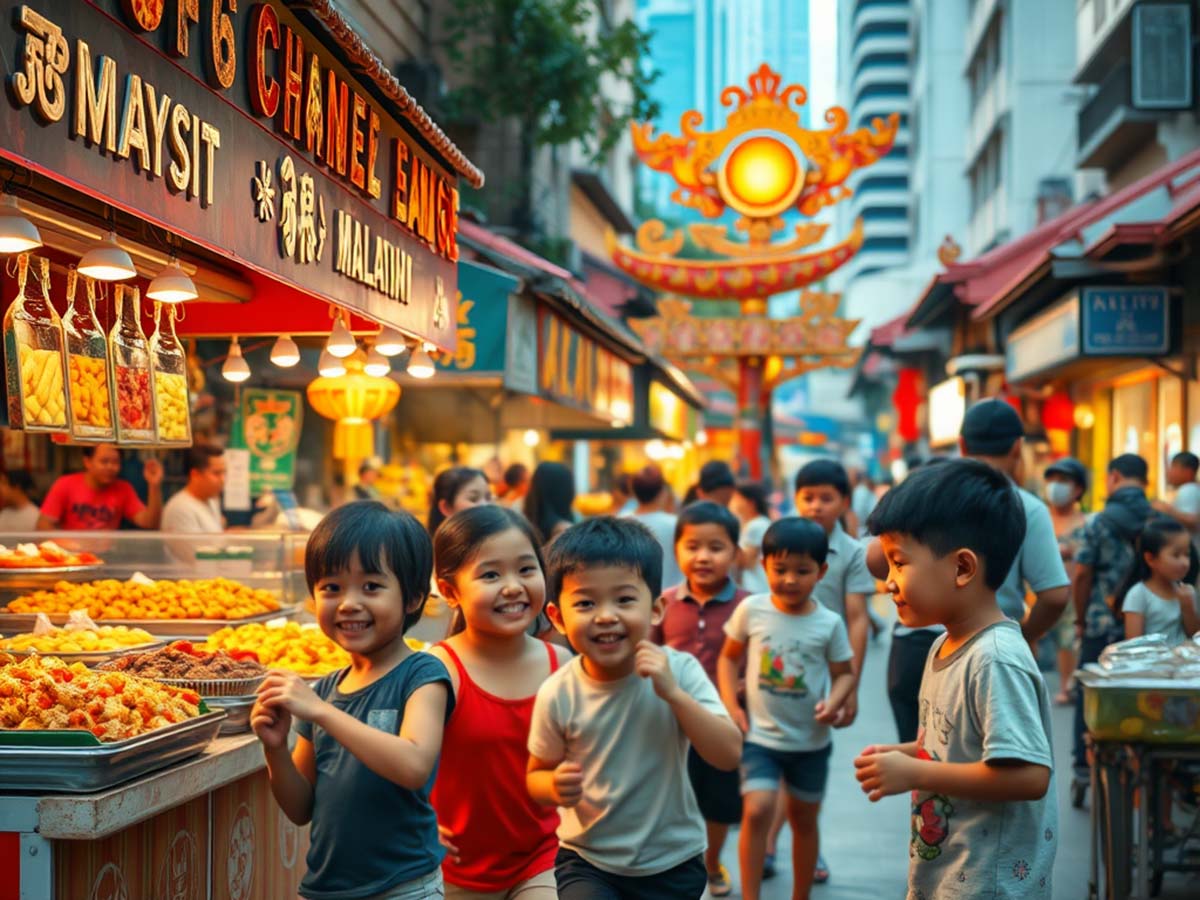






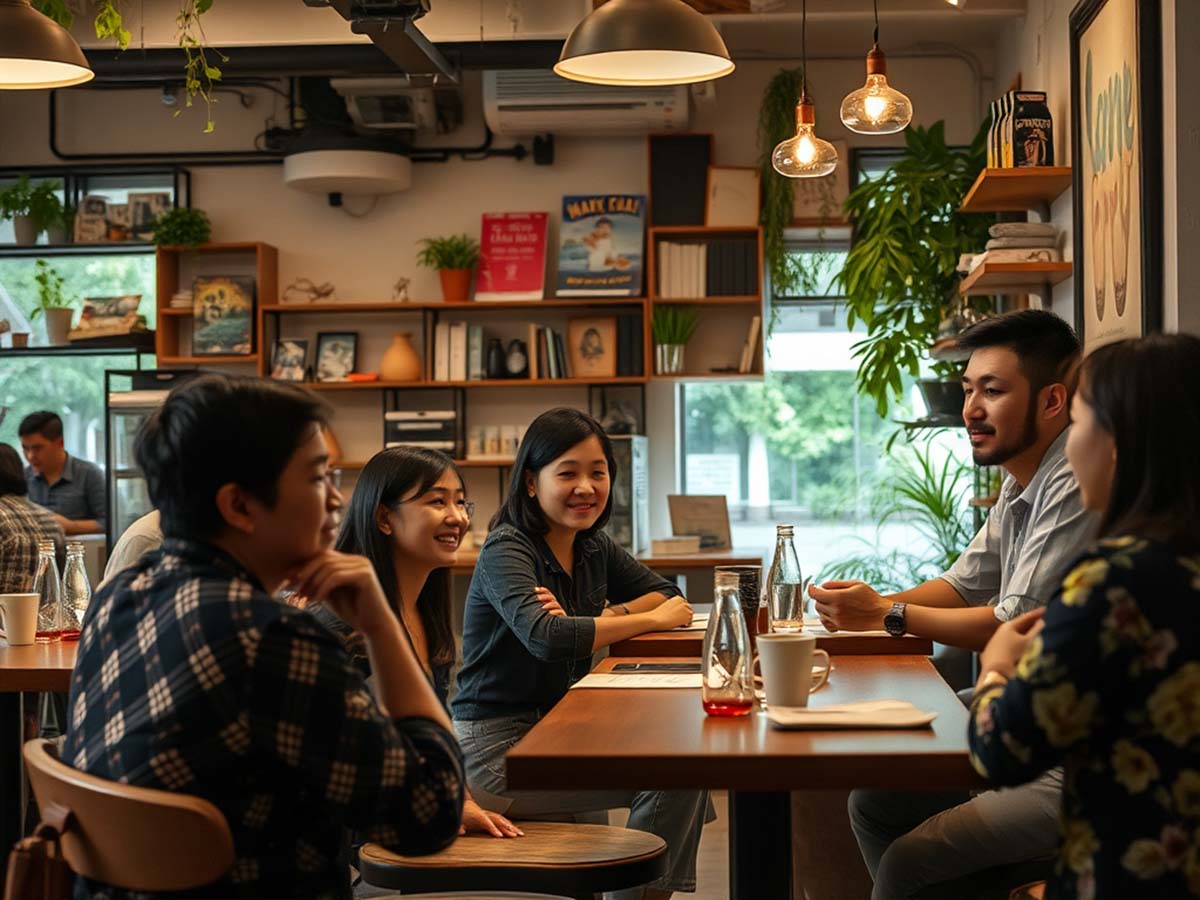
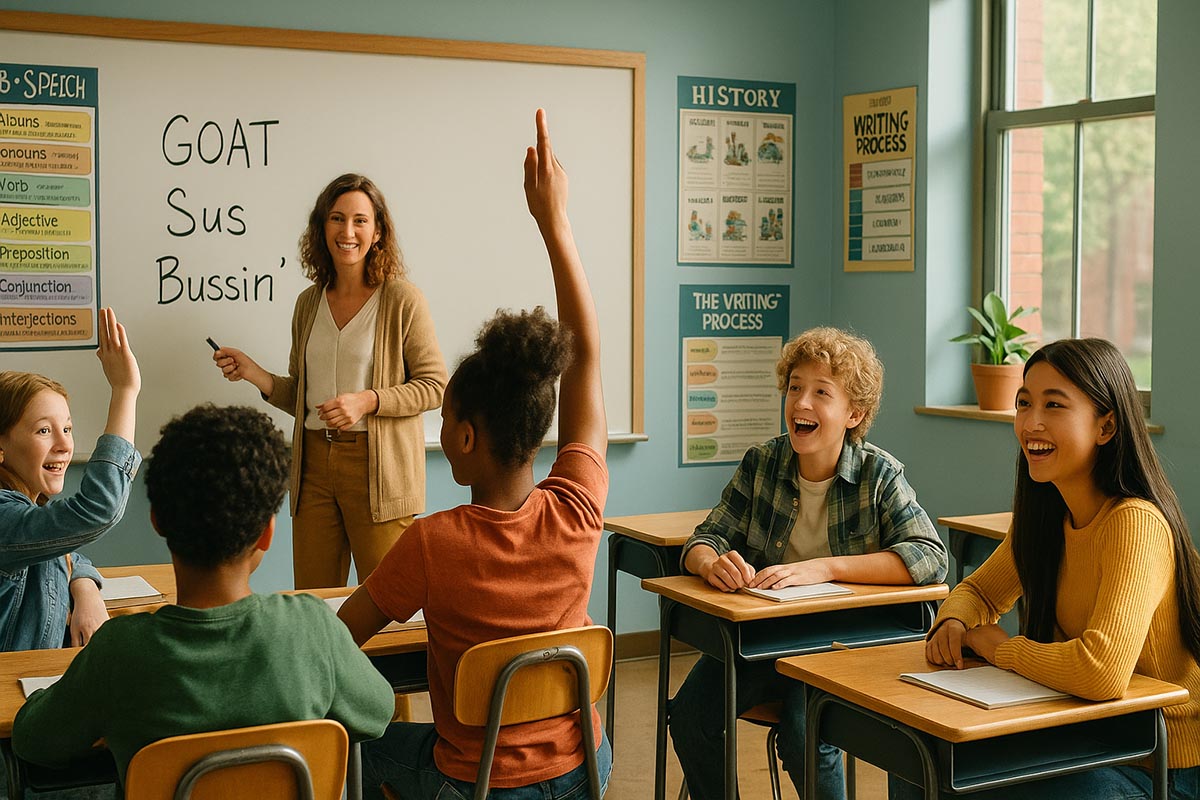
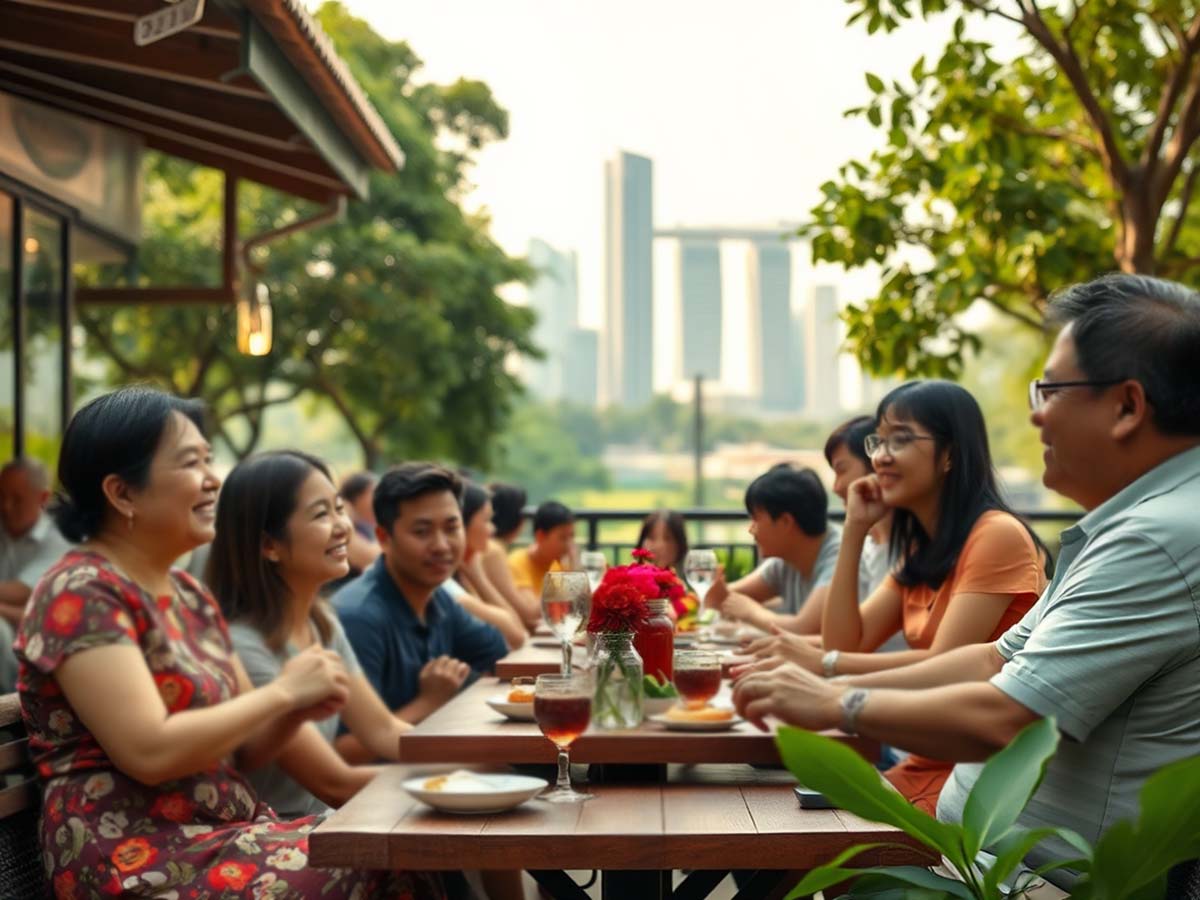
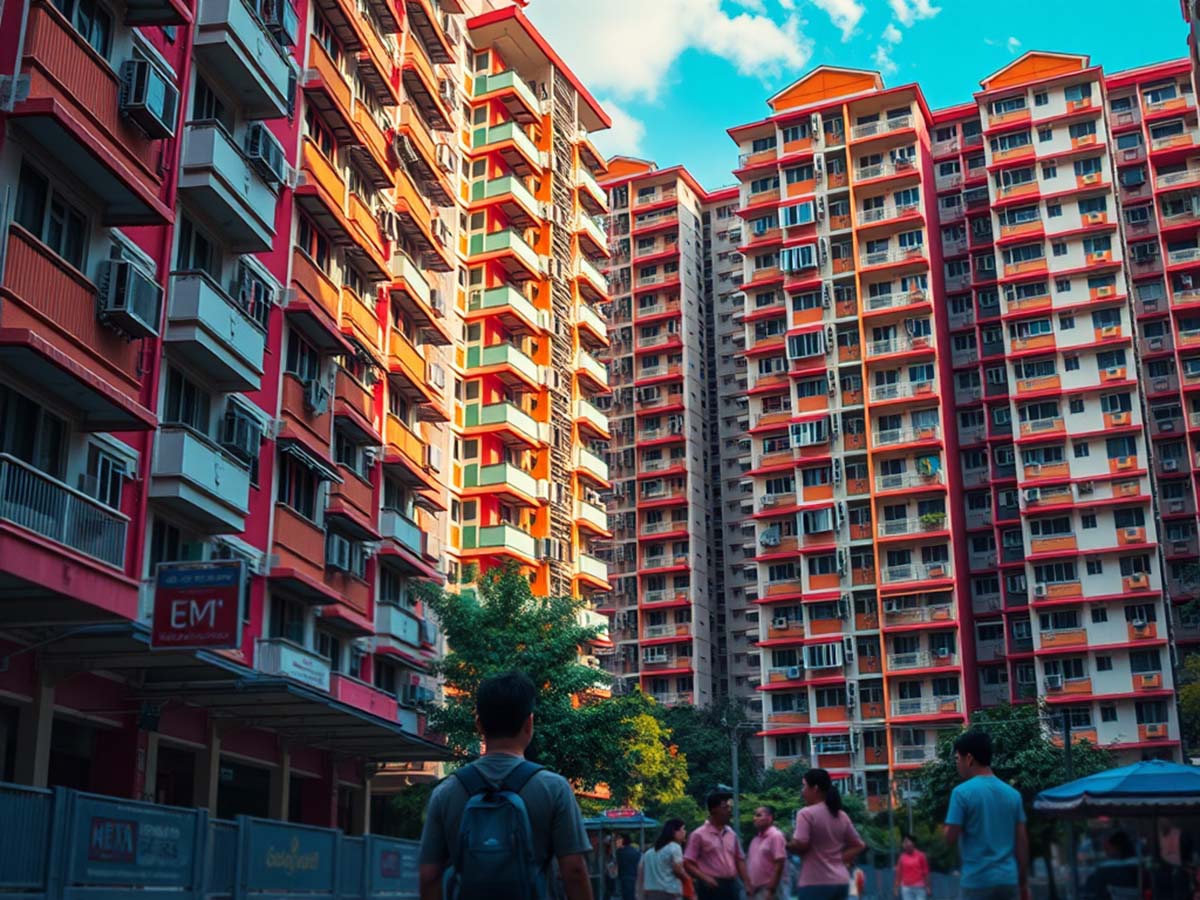



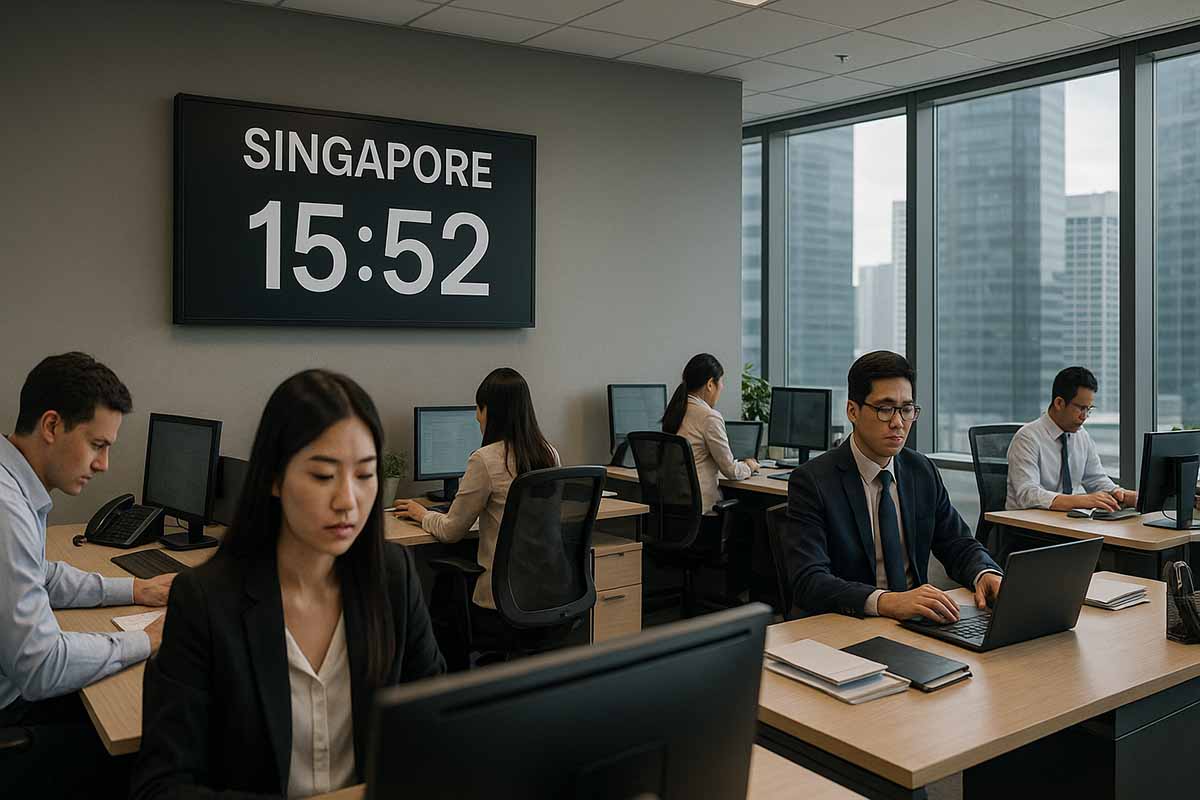
Leave a Reply